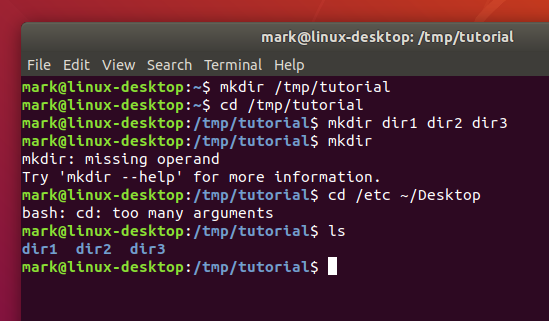Linux, an open-source operating system, has emerged as a powerful and versatile platform, offering a range of distributions tailored to various user needs. Understanding the fundamentals of Linux is pivotal for users seeking a robust and customizable computing environment. This comprehensive guide aims to delve into the fundamental aspects of Linux, catering to beginners and enthusiasts alike.
1. Introduction to Linux
Linux, initially developed by Linus Torvalds in the early 1990s, is a Unix-like operating system kernel. It forms the core of numerous distributions or “distros,” each built around the Linux kernel and offering different software packages and user interfaces. This open-source nature fosters flexibility and innovation across the Linux ecosystem.
2. Variety of Linux Distributions
Linux distributions, such as Ubuntu, Fedora, Debian, CentOS, Arch Linux, openSUSE, and others, cater to diverse user preferences. These distros vary in terms of user interface, package management, system administration tools, and targeted use cases, providing extensive options for both beginners and advanced users.
3. Linux Kernel and Open Source Philosophy
The Linux kernel serves as the foundation of the operating system and embodies the open-source philosophy. Its source code is freely available, allowing collaboration among developers worldwide. This openness contributes to the system’s stability, security, and constant evolution.
4. Command-Line Interface (CLI) and Terminal

The terminal, a command-line interface (CLI), is an integral part of Linux, offering powerful interaction with the system. Commands, file manipulation, package management, and system configuration are efficiently performed through the terminal. Learning CLI commands enhances users’ control and customization capabilities.
5. File System Hierarchy
Linux follows a hierarchical file system structure, beginning from the root directory (“/”). This structure organizes files and directories logically, simplifying data management. Understanding the file system layout aids users in navigating, storing, and accessing data efficiently.
6. Package Management Systems
Linux distributions utilize package managers, such as apt, yum, pacman, and dnf, for software installation and management. These tools handle dependencies, ensuring seamless installation, updates, and removal of software packages, streamlining the user experience.
7. Security Features and Permissions
Linux prioritizes security, implementing robust permissions and access controls. File permissions, user authentication mechanisms, and system-wide security policies contribute to a secure computing environment, safeguarding against unauthorized access and malware threats.
8. Community Support and Resources
The Linux community offers extensive support through forums, documentation, and online resources. Various distributions have dedicated communities that provide assistance, troubleshooting guides, and collaborative forums, fostering a vibrant and helpful environment for users.
9. Linux Networking and Services
Linux excels in networking capabilities, serving as a reliable server platform for hosting web servers, file servers, and other network services. Its robust networking stack supports various protocols, facilitating seamless communication and data exchange.
10. Development and Programming Environment
Linux serves as a prominent platform for software development, offering a rich set of development tools, compilers, and libraries. Its open-source ecosystem fosters innovation and collaboration among developers worldwide, contributing to a thriving development environment.
External Links for Further Reading:
- Linux Foundation – Official Linux Documentation
- Ubuntu Documentation – Getting Started with Ubuntu
- Red Hat Enterprise Linux – Overview and Documentation
In conclusion, a comprehensive understanding of Linux fundamentals empowers users to navigate the vast ecosystem of distributions and harness the power of open-source computing. This guide aims to unravel the core aspects of Linux, providing insights into its structure, philosophy, and community-driven nature. Whether navigating the command-line interface or understanding package management, comprehending Linux basics forms the bedrock for a versatile and customizable computing experience.




